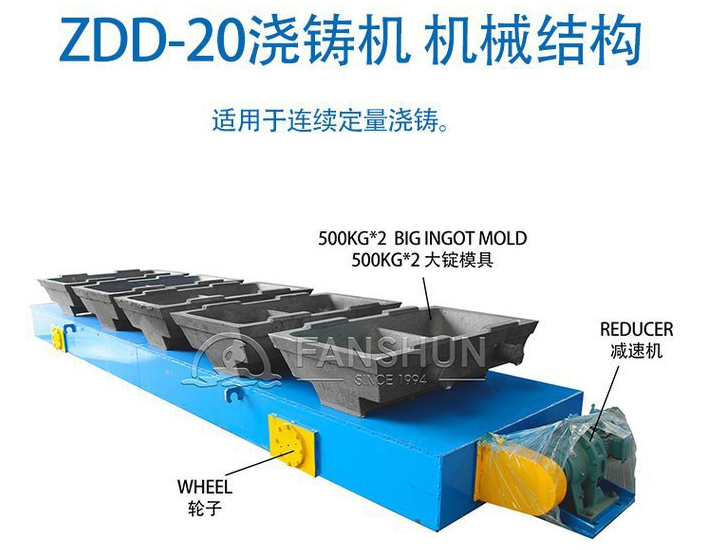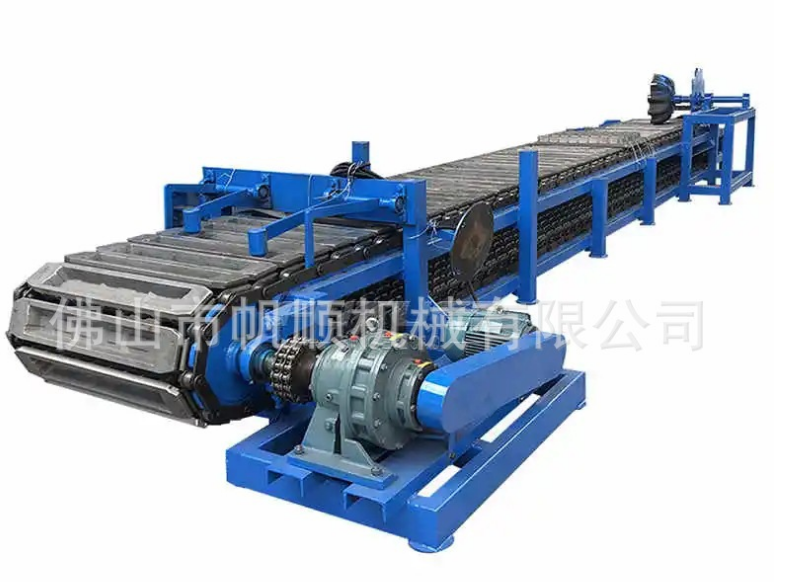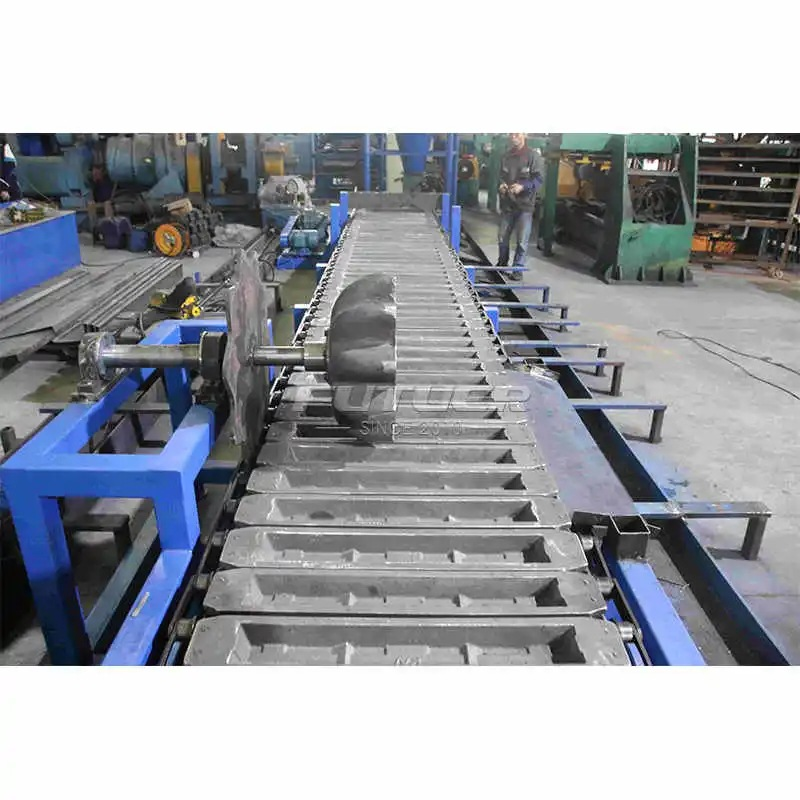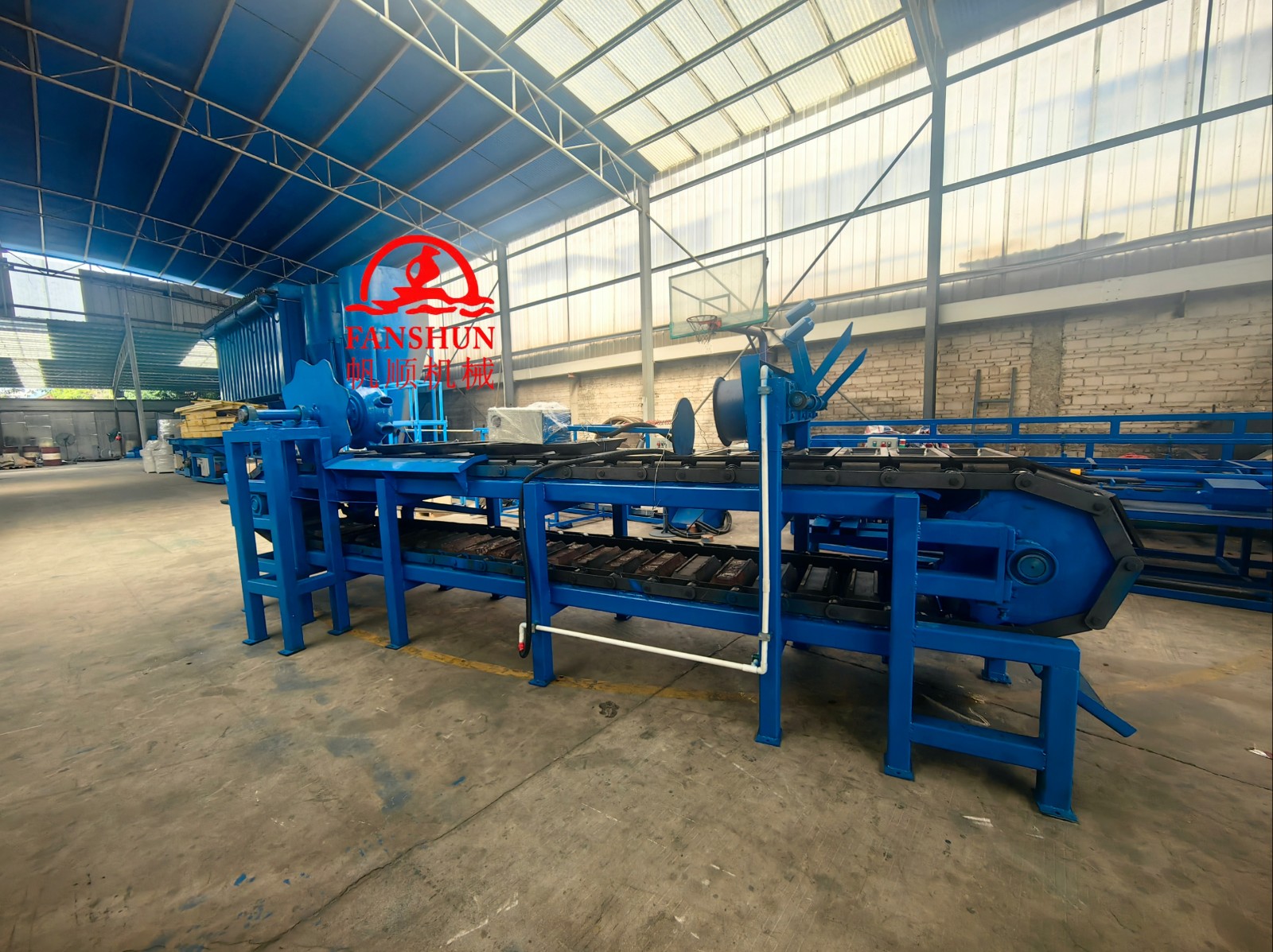The Evolution of Copper Ingot Production: Traditional vs. Latest Technology
In the world of metallurgy, the production of copper ingots stands as a critical process that serves various industries, from electrical manufacturing to construction. As the demand for high-quality copper products continues to rise, so does the need for advanced manufacturing techniques. This article explores the differences between copper ingots produced using the latest technology compared to those made through traditional methods, focusing on the innovations in the Copper Ingot Production Line, Copper Ingot Casting Line, Copper Ingot Manufacturing Line, Copper Ingot Production System, and Copper Ingot Production Equipment.
Understanding Copper Ingot Production
Copper ingots are the foundational materials for many applications, particularly in electrical wiring and plumbing. The process of manufacturing these ingots has evolved significantly over the years. Traditional methods typically involved basic melting and casting techniques that often resulted in variations in quality and purity. In contrast, the latest technology leverages advanced machinery and techniques that enhance the overall efficiency and output quality of the copper ingot production process.
The Role of Technology in Copper Ingot Production
1.Copper Ingot Production Line: The latest Copper Ingot Production Line integrates automation and real-time monitoring systems, allowing for precise control over the melting and casting processes. This advancement minimizes human error and ensures consistent product quality. Traditional production lines, on the other hand, often relied on manual labor and less sophisticated machinery, leading to higher variability in the final products.
2.Copper Ingot Casting Line: The Copper Ingot Casting Line using modern technology features continuous casting processes that enable the production of longer and more uniform ingots. This method reduces material waste and enhances the mechanical properties of the copper. Traditional casting methods, typically batch-based, can lead to uneven cooling rates and defects within the ingots, affecting their performance in applications.
3.Copper Ingot Manufacturing Line: The latest innovations in the Copper Ingot Manufacturing Line include the use of induction heating and sophisticated cooling systems. These advancements ensure that the copper is heated and cooled uniformly, resulting in ingots with superior electrical and thermal conductivity. Traditional manufacturing lines, which often used less controlled heating methods, could not achieve the same level of consistency and quality.
4.Copper Ingot Production System: A modern Copper Ingot Production System incorporates smart technologies such as IoT sensors and data analytics. These systems allow manufacturers to track production metrics in real-time, enabling quick adjustments to maintain optimal conditions. Traditional systems lacked these capabilities, often leading to inefficiencies and longer downtime for maintenance.
5.Copper Ingot Production Equipment: The equipment used in the latest copper ingot production processes has advanced dramatically. High-efficiency furnaces, automated ladles, and robotic handling systems are now commonplace, contributing to higher productivity and reduced labor costs. In contrast, traditional equipment was often cumbersome and less energy-efficient, resulting in higher operational costs.
Benefits of the Latest Technology
The shift towards modern copper ingot production technologies brings several benefits:
·Improved Quality: The consistency and purity of copper ingots produced using the latest technology are significantly enhanced, making them more suitable for high-demand applications.
·Increased Efficiency: Automated systems streamline production, reducing lead times and operational costs.
·Environmental Sustainability: Modern processes often utilize recycling methods that minimize waste and energy consumption, aligning with global sustainability goals.
Flexibility: The ability to quickly adapt to changes in production requirements allows manufacturers to respond more effectively to market demands.
Conclusion
The differences between copper ingots produced using the latest technology and those made through traditional methods are stark. The advancements in the Copper Ingot Production Line, Copper Ingot Casting Line, Copper Ingot Manufacturing Line, Copper Ingot Production System, and Copper Ingot Production Equipment demonstrate a clear trend towards increased efficiency, quality, and sustainability. As the industry continues to evolve, embracing these technological innovations will be essential for manufacturers aiming to stay competitive in the global market.
In summary, the move from traditional to modern copper ingot production methods not only enhances product quality but also supports the industry's drive towards more sustainable practices. Manufacturers must recognize the importance of investing in these advancements to ensure long-term success and meet the growing demands of various sectors reliant on high-quality copper products.





